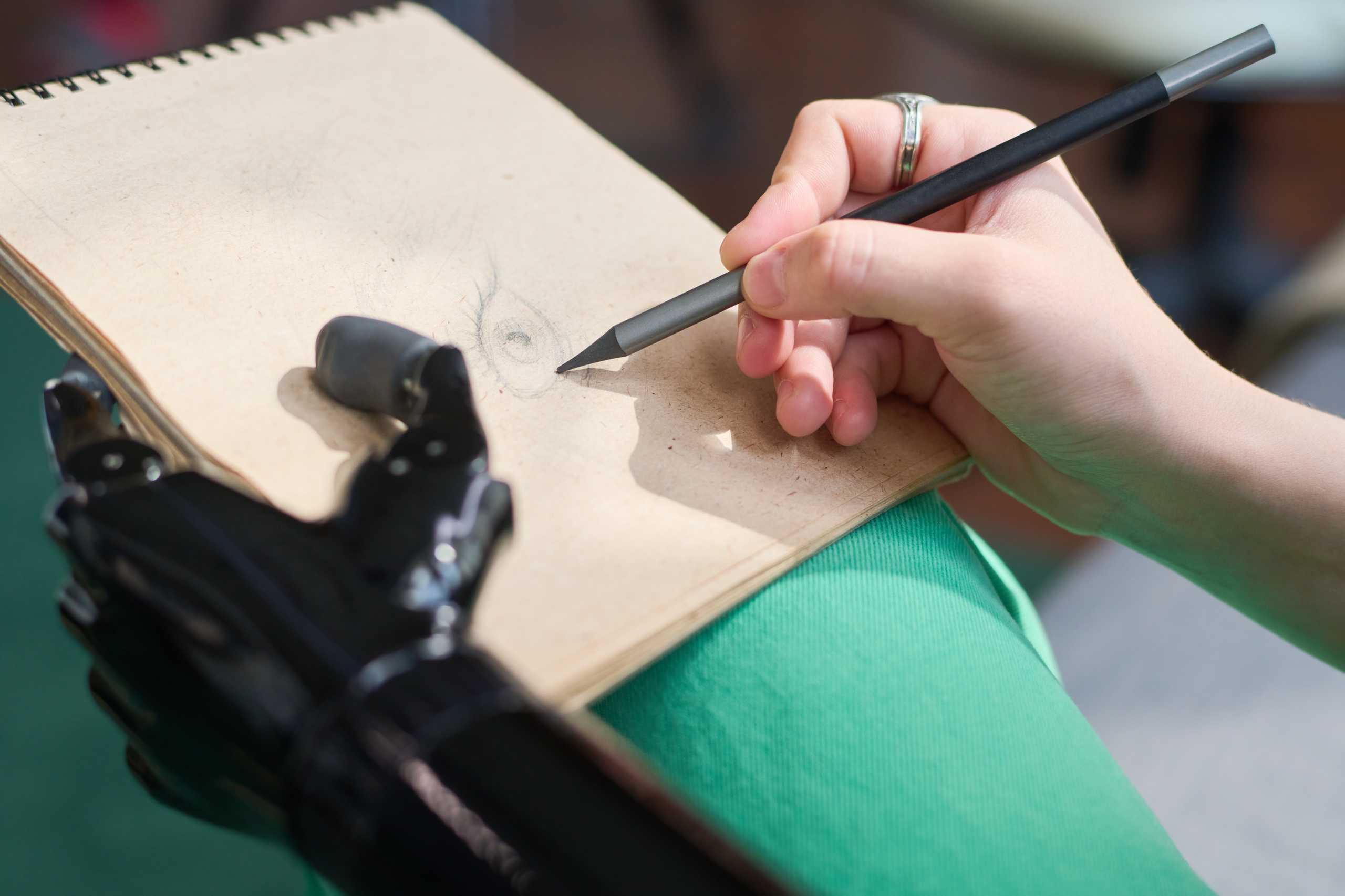Introduction
One of the most critical skills in academic drawing is understanding light and shadow. Mastery of this element transforms flat sketches into dynamic, three-dimensional works that appear alive and realistic. Light not only reveals form but also conveys mood, depth, and atmosphere.
The Importance of Observation
- Study Natural Light: Observe how sunlight interacts with surfaces, creating highlights and cast shadows.
- Analyze Indoor Lighting: Explore artificial light sources to understand soft shadows and reflections.
- Notice Gradients: Light rarely falls evenly—subtle changes in tone bring realism to your work.
Observation is the key to translating what you see into accurate shading.
Techniques for Effective Shading
- Hatching and Cross-Hatching – Layering lines to create texture and depth.
- Blending – Using tools like stumps or fingers to smooth transitions between light and dark areas.
- Chiaroscuro – Contrasting strong light and dark for dramatic effect.
Combining these methods helps students create nuanced, visually compelling drawings.
Adding Emotional Depth
Shadows can also convey emotion and atmosphere:
- Soft shadows evoke calmness and subtlety.
- Strong, high-contrast shadows create tension and drama.
- Directional light can guide the viewer’s eye to the focal point of your composition.
Understanding how light and shadow affect perception allows artists to tell stories visually.
Conclusion
Mastering light and shadow is a transformative step in academic drawing. It elevates technical skill into expressive artistry, allowing sketches to capture not just form, but mood, space, and life itself. Every careful observation and shaded line brings you closer to creating drawings that resonate with viewers.

